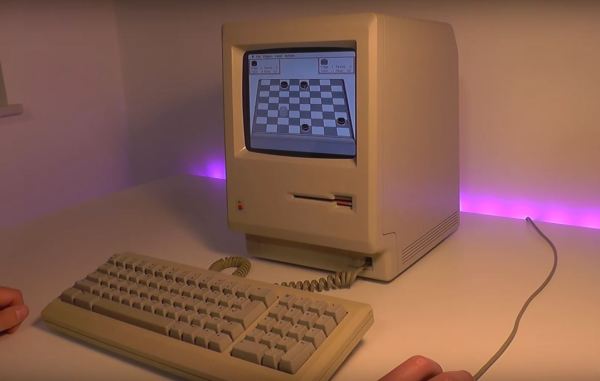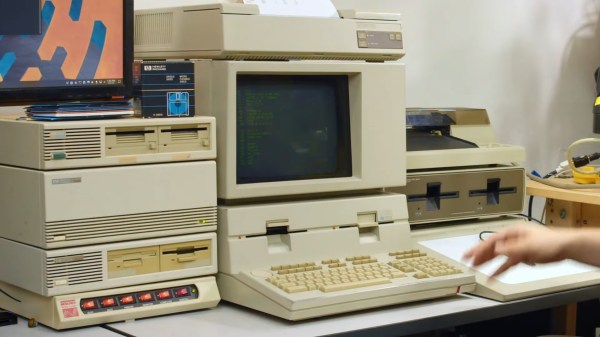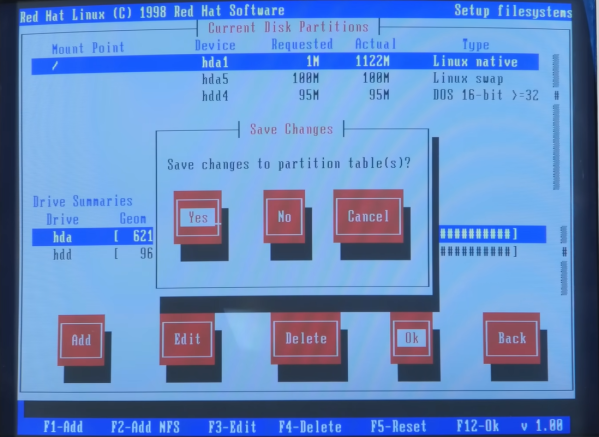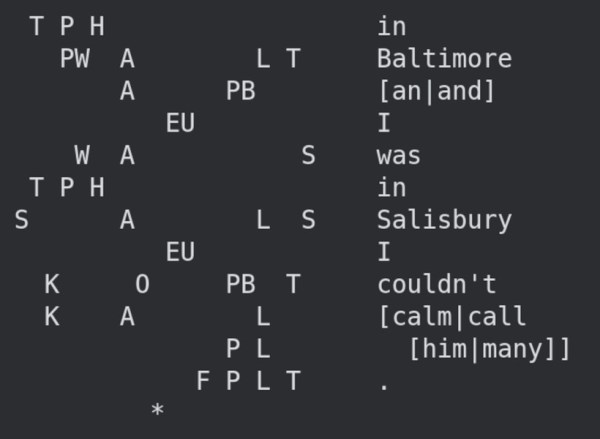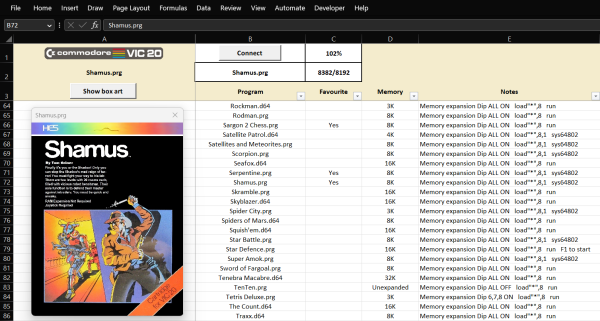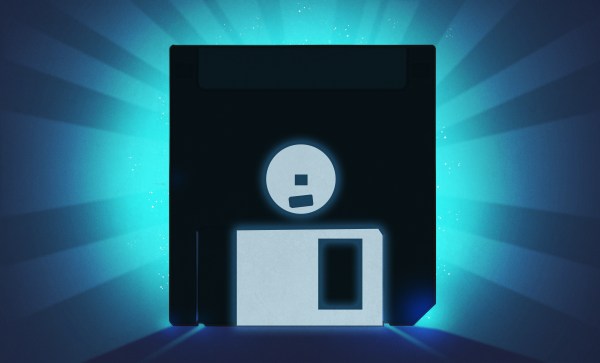You might have had a boombox back in the 1990s, but probably not like the Yamaha MDP-10. As [Nicole] explains, the odd little device played MIDI files from a floppy disk. Technically, it wasn’t truly a boombox because it lacked batteries, but it sure looks like one.
The box also had a MIDI input jack, but no output. For an antique gadget, it is pretty impressive, but maybe not much by today’s standards. Of course, what we really wanted to see was what was inside. [Nicole] doesn’t disappoint.
The boombox brains are a pair of Hitachi H8 3000-series CPUs. The boards actually looks surprisingly modern until you notice the lack of integration. There are separate ROMs, RAMs, a floppy drive controller, and, of course, MIDI chips. Apparently, opening the box up is a challenge so [Nicole] suggests not doing it unless necessary. We assume it went back together with no problems.
There are lots of tidbits about peculiarities in the device. There are also, of course, recordings of the output and some comparisons from other devices. A great look into an old and odd piece of gear.
Since it has an input jack, you could connect it to — oh, we don’t know — maybe some spoons? Or a hurdy-gurdy.


